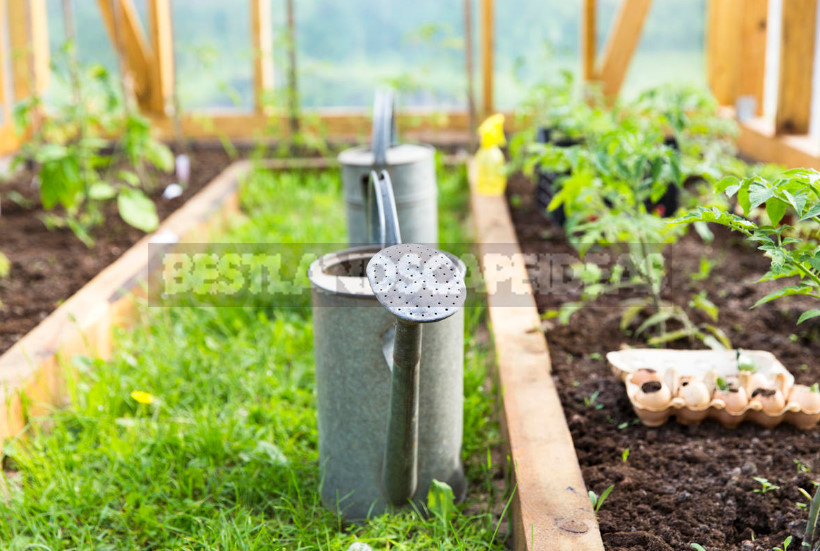
Any of the gardeners, gardeners and gardeners, growing tomato seedlings, met with degenerative changes in the roots or part of the stem located in the area of the soil surface. The root system rots, stem tissue dies and the plant dies quickly. It is nothing but diseases caused by fungi and bacteria, having a common name root or basal rot.
Causes of occurrence
To list the names of pathogens is boring and in Latin it is quite difficult, more interesting and useful to talk about the causes of the disease.
Contaminated soil
Before sowing seeds in the substrate, it is necessary to ensure its quality, that is, the absence of pathogens and pests in it. Even if the soil mixture consists of inert components (peat, perlite sand, vermiculite, coconut chips), it would be useful to disinfect it by standing in an oven at a temperature of 120-150°C for 20-30 minutes. 3-5 days before sowing or planting, the substrate can be spilled with a solution of a reliable fungicide and insecticide. Do not use the soil on which nightshade crops grew, even if it was 3 years ago.
Infected planting material
If the seeds (or donated) did not pass the factory treatment of diseases, then spend it yourself with the same drugs that were used in the disinfection of the substrate, or their analogues.
Wrong care
The following reasons can also cause problems:
- strong waterlogging of the soil, as well as reduced or too high (up to +35°C) its temperature;
- a strong draft;
- thickened crops;
- frequent abrupt changes in soil temperature or humidity;
- insufficient lighting;
- mechanical damage to plants;
- dirty (contaminated) of the landing capacity;
- poor quality or cold water for irrigation;
- unstructured lightweight substrates;
- unnecessarily large landing capacity.

How to help
Plants in trouble, at some stages of development can be helped, but only if it is done in a timely manner, quickly, quickly, skillfully. I was able to save the seedlings of nightshade crops at the stage of fully opened cotyledons from the so-called black leg.

Seeing the darkening of the tissues at the soil surface, a sharp thinning of the roots, weakening the strength of the stems (bending sprouts), I extracted plants from the soil with those roots, what were, and cut the seedlings about 5 mm above the place of change of the stem. Then processed sections and 5-7 mm of a stalk the stimulator of root formation and growth, right there planted in the good soil, plunging on 5-7 mm, watered, covered with a transparent film and provided good lighting 14-16 hours a day.
Pay attention to some nuances of this delicate process. The cut must be made with a blade or knife, but not a pruner, so as not to crumple the delicate tissue. Compress the substrate should be very carefully, capturing the treated part of the stem and even a little more. Watering is not the entire planting capacity, but only in diameter 1.5-2 cm from the plant. Place sheltered plants should be away from direct sunlight, but kept at a temperature just above room temperature. You can plant the plant directly, but you can “flank” — at an angle of about 45°. Strongly extended subfamily knee before treatment with a stimulant is shortened, so that the length of the stem remains 3-4 cm.
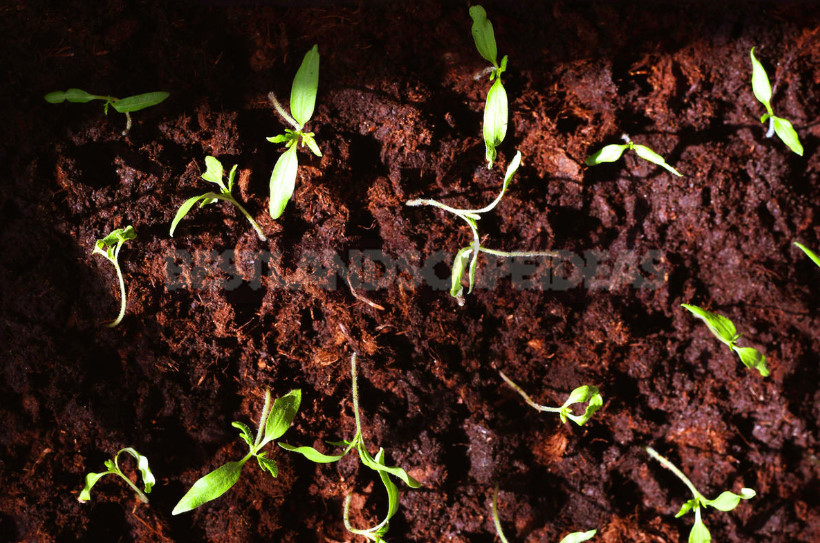
Just 5 days later the plants started to grow and most of them caught up with those who passed the misfortune. The substrate in which the surviving and rescued seedlings were located was immediately treated with biofungicides.
This situation has happened in my practice many times, and the number of surviving plants after this operation is always more than half. If the diseased seedlings were of exceptional varieties, I always acted in this way and was sure that most of the plants will keep. If suddenly your seedlings will have such a trouble, and there will be a “black leg”, then try to save it — you will see for yourself the effectiveness of this method.

Root and basal rot can be affected not only by young tender plants, but also adults. Try to save them from this scourge and even get a good harvest perhaps it is important not to miss the time. For example, you saw drooping leaves, slightly bent shoots, modified stem tissue in the area of the soil surface. Quickly grab the fungicide.
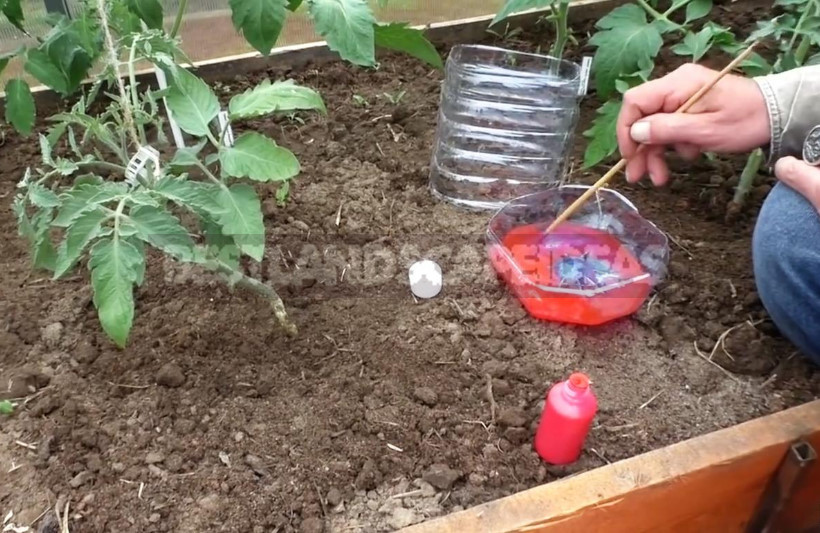
Remove the soil from the stem, throw it away from the site, wipe with a cloth affected softened tissue, slightly scraping, and quickly coat solution. Burn the napkin. Treat not only the obviously affected area, but also 2-4 cm of the stem above and below, and in a radius of 10-15 cm, pour the soil with a solution of fungicide.
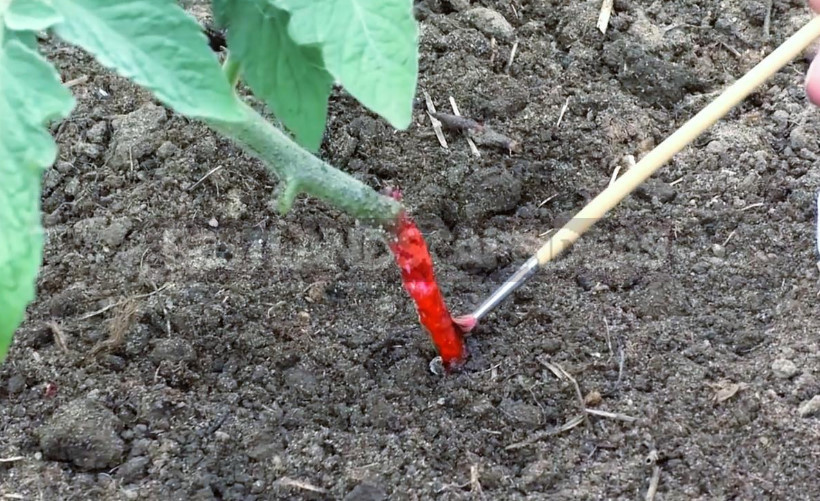
Five – six-liter cans of a drinking water remove the bottom conical part. If the plant can not be passed through it, cut along.

Clasp the stem, fasten with metal brackets the place of the cut or wrap with tape. Fill in the sides a good healthy soil, condense it and how to pour the bottom 2-3 of the sheet can be removed.
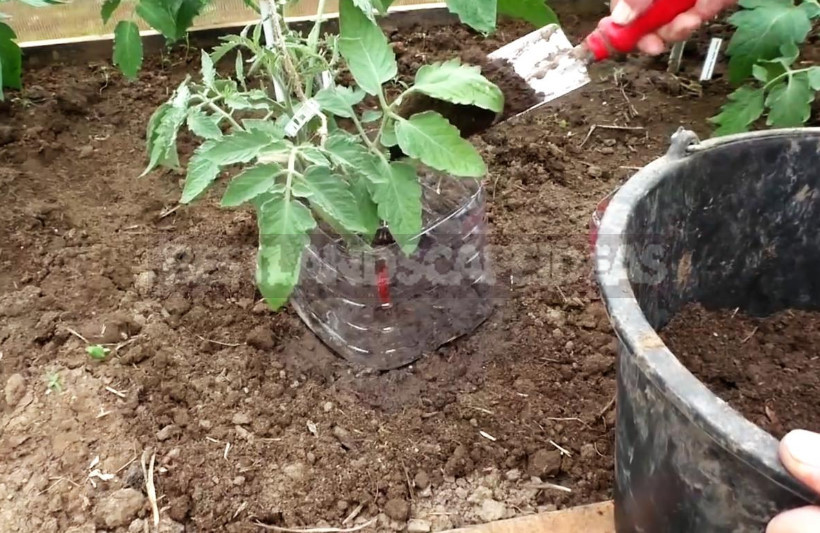
Pull plants white non-woven material, often water. In a few days on a stalk in a shell additional roots which will help tomatoes to recover and will rescue them will Wake up.
Yes, the harvest from these bushes will not be 100%, but about 70-80%, but with the right choice of planting material.
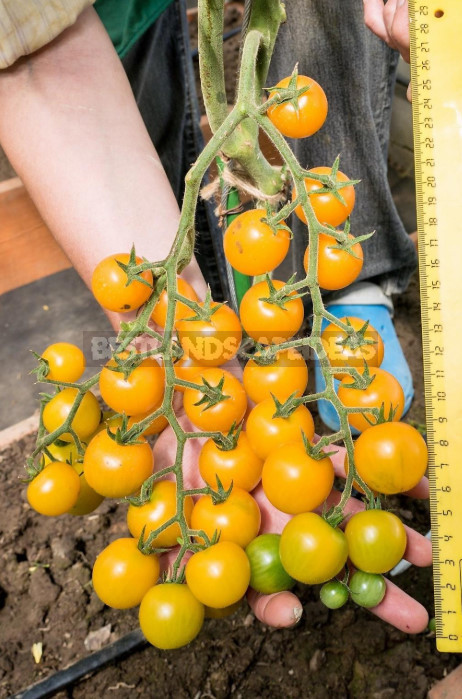
How to prevent diseases
For three years of existence of the experimental site on the substrate made of the earth, peat, river sand and biohumus, basal and root rot was not observed. The necessary crop rotation in our areas with nightshade is not carried out, but replaced by frequent crops of siderates.
The appearance of root and root rot is often provoked by the use of fresh manure. It is also very important in the preparation of organic solutions to bring the fermentation to an end. Liquid fertilizer should lose the initially sharp, unpleasant smell, while mixing the sediment should not float bubbles. Better let the fermentation takes 10-15 days than 7, as many recommend, because it is very important that the temperature is +25…+33°C, and it is usually not enough.
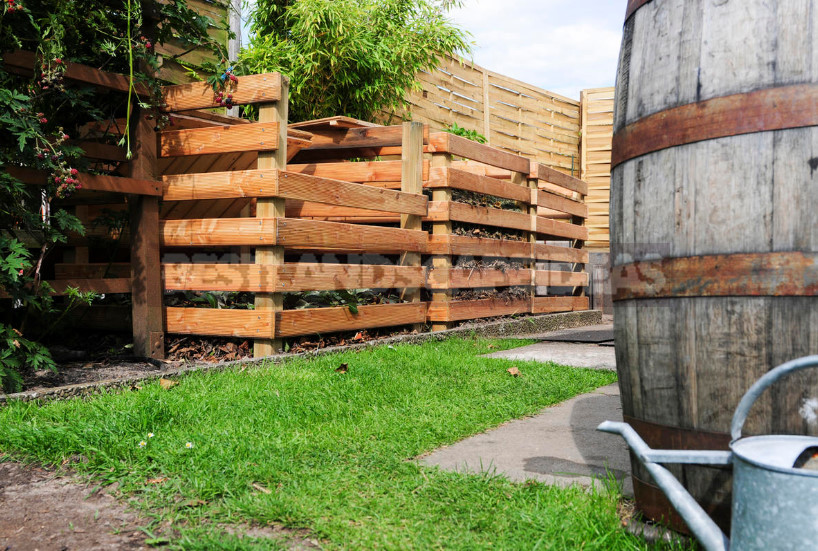
Do not buy soil from random sellers on the roadsides. There are specialized organizations that make up a good mixture of 2-3 components. Such substrates will even help you to correct the structure and nutrient content of the soil of your site.

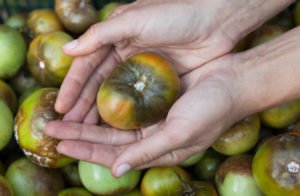
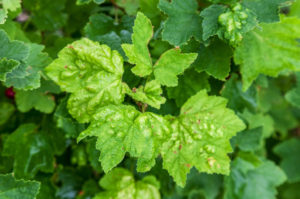
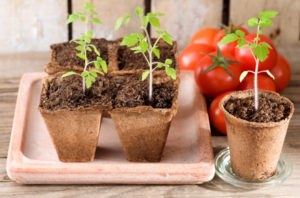
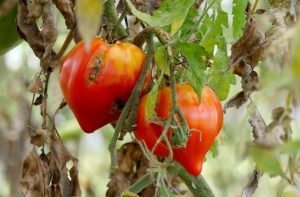
Leave a Reply